Yeah, the legacy media isn't dead just yet
Actually, the new administration may help reinvigorate it
By Darren Johnson
Journal & Press
In the wake of Donald Trump’s victory on Election Day, pundits and podcasters are using it as an example of “legacy media” being irrelevant, and essentially dead.
Uh, yeah, sure.
But first, let’s decide what is “legacy media?”
Is it this?
Obsolete physical distribution methods that people no longer want?
The above is a Redbox machine, that used to distribute DVDs and video games, but people stream both now. The chain went out of business this past summer, but their bulky machines still sit out there in supermarkets and convenience stores. I wonder if they have a plan to pick them up?
Another type of media people would say is “legacy” are newspapers.
I spent the weekend cleaning up these boxes for my other newspaper, Campus News, which uses these boxes in New York City. They get beaten up; broken windows, stickers, graffiti covered.
Here’s what they look like after being cleaned up.
Here’s what they look like on the street, after a while.
(Actually, the red and yellow ones were even worse than these. We’re picking the blue and orange ones up this week to refurbish.)
Are news boxes legacy media?
I also manage a student radio station. And our hometown paper. Legacy media, both?
Critics are saying legacy media is dead because the larger legacy outlets seem to cheerlead for Democratic governmental administrations, and, as well, they were wrong about polls saying Kamala Harris would win.
Indeed, the larger media outlets do raise eyebrows with some of their groupthink.
And then one can question whether things like polls are propaganda and not really news.
Many people also feel the legacy media toed the government line on Covid closures and vaccines and other such conspiracies.
Meanwhile, Trump went on what may be considered “new media,” including top podcasts.
A legacy media outlet may give a shorter, curated view of a candidate, but a podcast may be an hour or more, and candidates that previously had seemed like caricatures now may seem more three-dimensional and human. That understandably gets votes.
And a candidate not going on such podcasts may appear timid or controlled or dishonest. Or incapable of going off-script, as longer podcasts require.
I listen to lots of these podcasts. Podcasters who had hosted Trump are doing a victory lap, feeling that they are now the big dogs in media because they endorsed a winner.
Meanwhile, most legacy media no longer do endorsements, even though it does seem that many people in the legacy media cheerlead.
But perhaps podcasters are unaware that the legacy media owns printing presses, and radio towers, and TV studios, and they have ads bringing in revenue.
Still, these are just physical attributes.
There’s no reason why legacy media can’t do podcasts, or YouTube videos, TikToks or anything else considered “new.”
Another thing the podcasters aren’t considering — now that they have backed a winner, they are the establishment.
It’s never cool to be a part of the establishment.
These podcasters have un-cooled themselves. For what? A few tax breaks, maybe? Maybe they invest in crypto-currency and the new administration is friendlier to that?
Or is it simply that they feel that the Democrats pushed a social agenda that limited their free speech and challenged their common sense? They seem to opine a lot about gender equity issues, for example.
But the podcasters are also hurting their business model by backing the mainstream; and now Trump is the mainstream. He won even the popular vote. You don’t get more mainstream than that.
But for the arts and media? Counter-culture is usually the hipper way to go.
The New York Times and other legacy media outlets saw a bump in subscriptions (mostly to their digital products) during the first Trump presidency, as well as during Covid.
I’m sure legacy shows like “Saturday Night Live,” which parodies Trump much more energetically than they had Joe Biden, will see a ratings boost with Trump back in office.
Meanwhile, there are millions of podcasts, and startup web sites, and YouTubers and other influencers — all new media.
But there are only thousands of printing presses and radio and TV towers. And they have 100+ years of branding and trust, and complex networks to cultivate talent and bring in revenue.
And they do have digital products, including podcasts.
Legacy media will be fine during the next four years. In fact, if they are considered “the opposition,” they may even see a bump in revenue, as being that dissenting voice is considered new and different, and the people willing to pay for media want that.
(Though I don’t buy the hysterics that Trump will target the press — the First Amendment would be pretty hard to overturn in just four years. Such a monumental task doesn’t seem like the best use of his time. Besides, he secretly loves the press. They made him starting at a young age. They won him the 2016 GOP primary by giving him far more screen time than anyone else — he’s ratings gold. And he needs that counterpoint to energize his agenda. It’s a mutualistic relationship.)
While you may worry about other issues that may be addressed by the return of the Trump administration — and I’m not saying you shouldn’t be concerned that change will happen — I doubt Freedom of the Press will be at risk, including especially what’s called the legacy media. In fact, this may be an opportunity for it to try some new things, to innovate, and to become great again.
And Now for the Comics — “Filbert” by LA Bonte
More tomorrow!





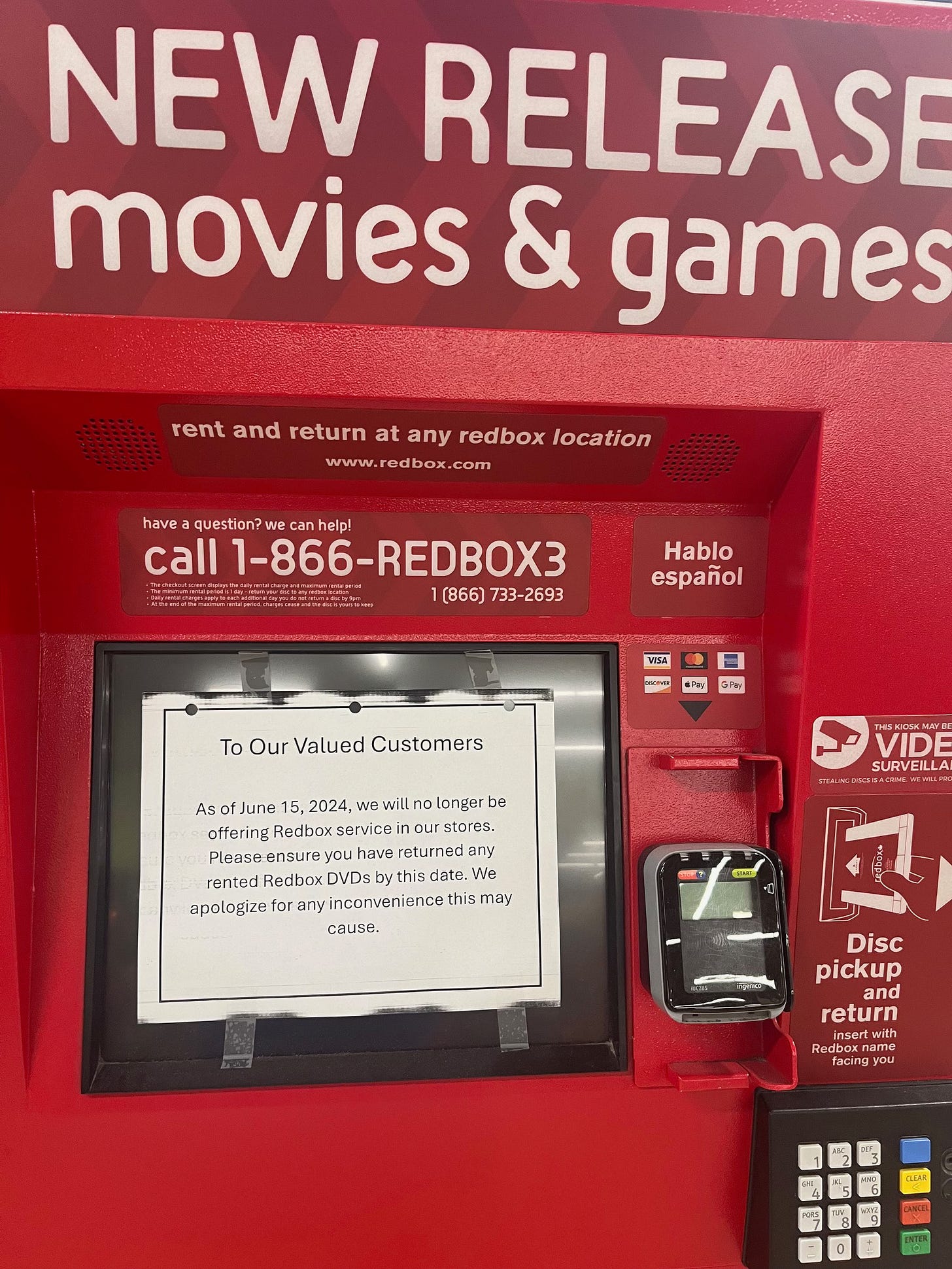
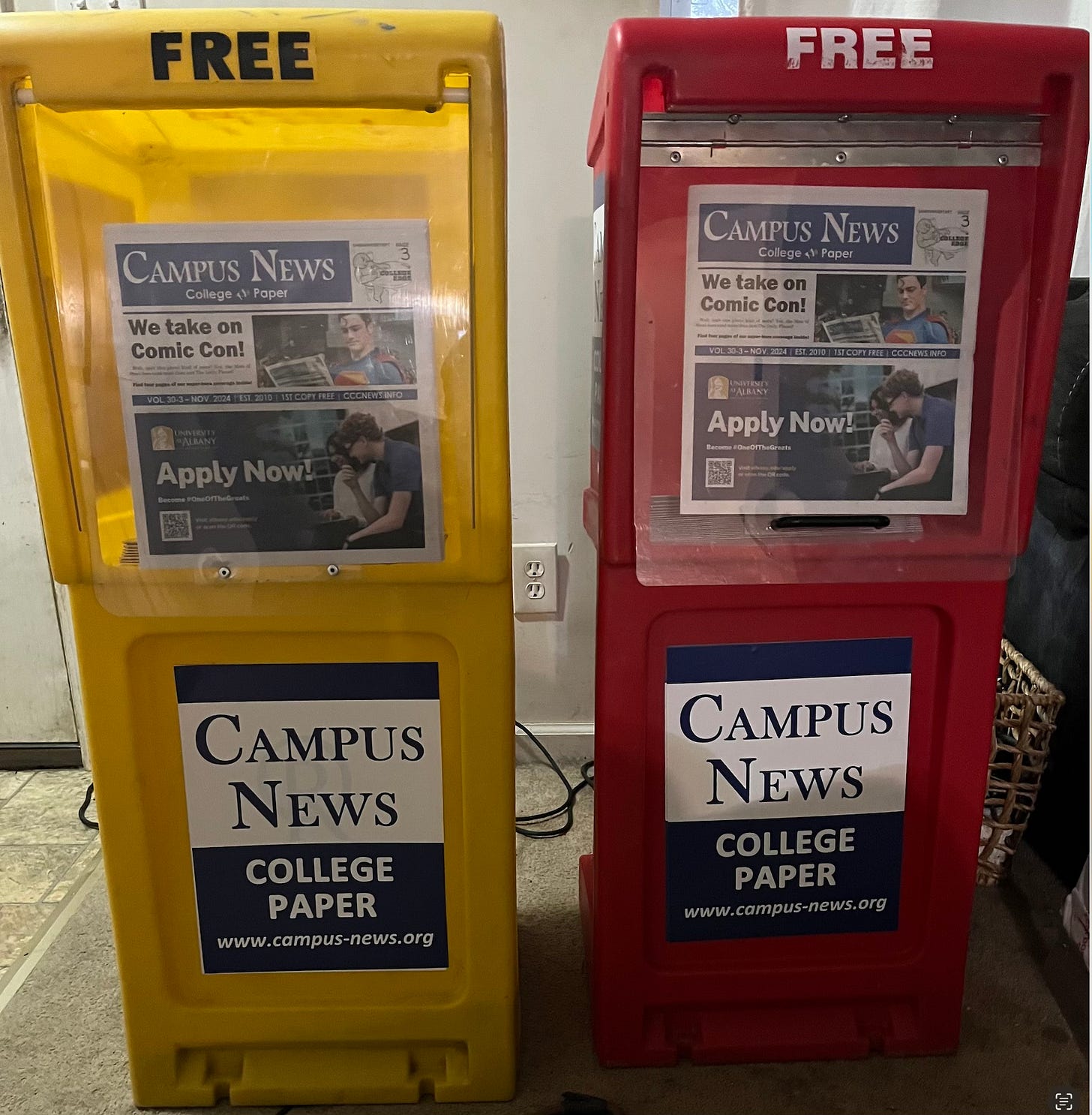
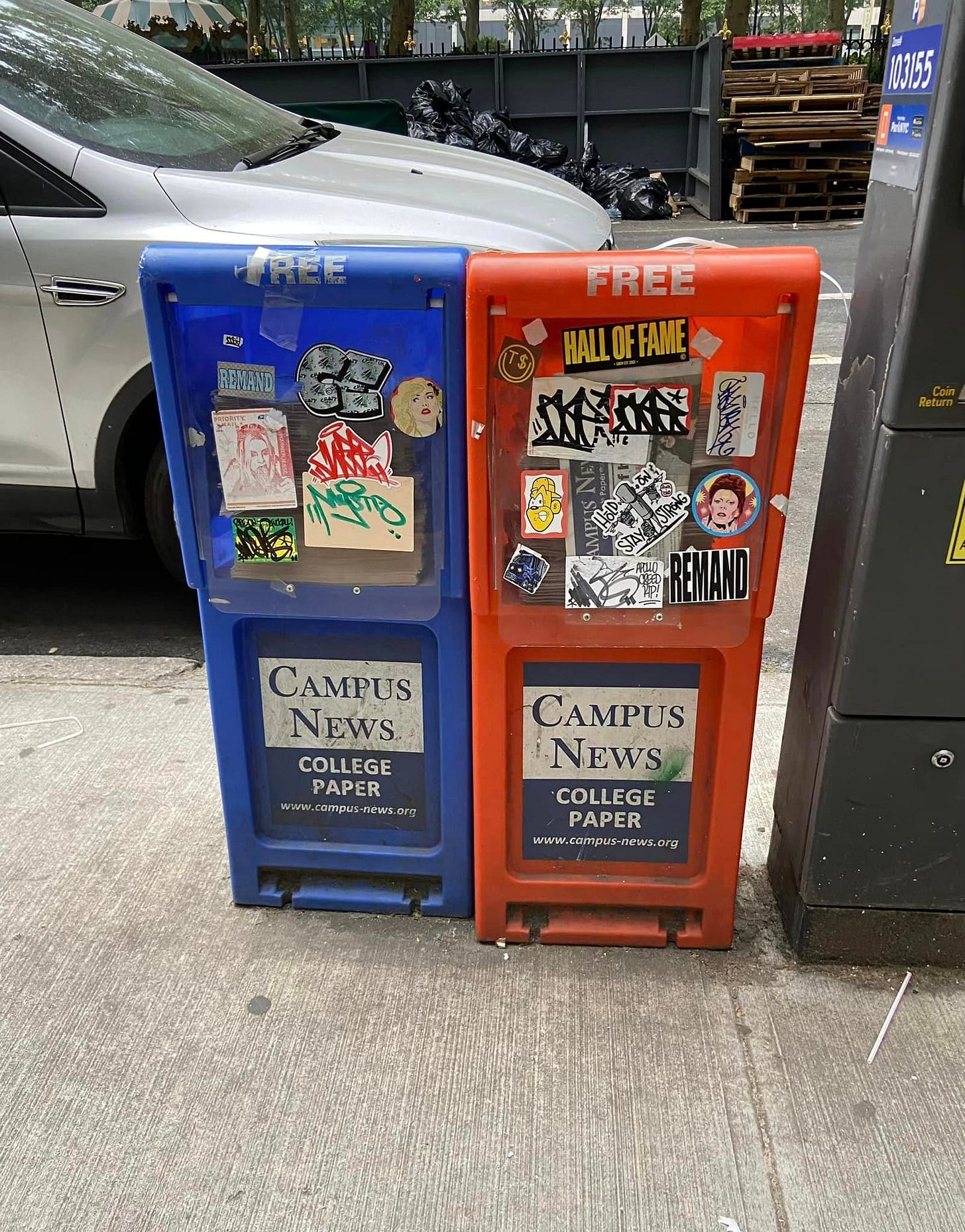
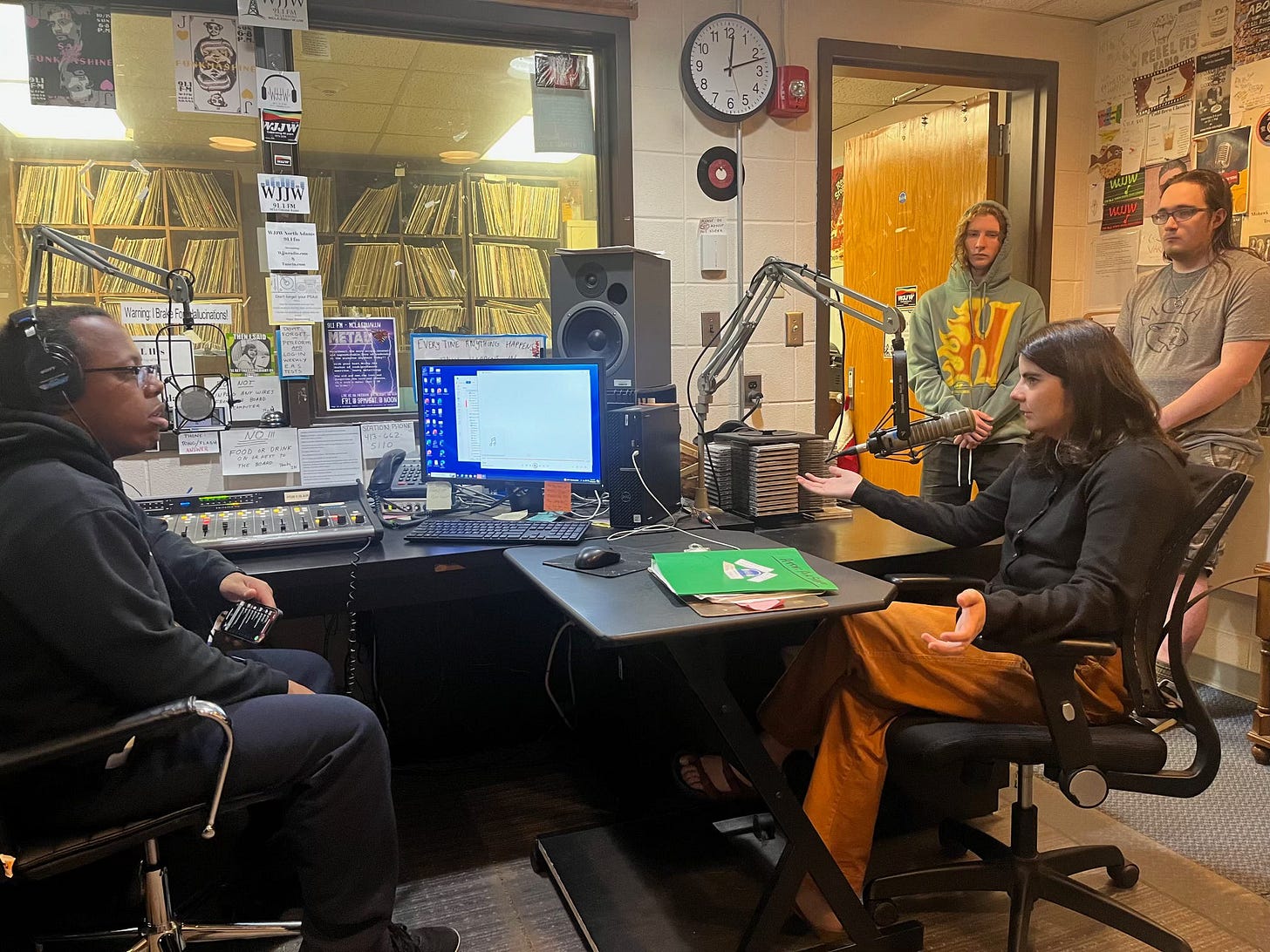
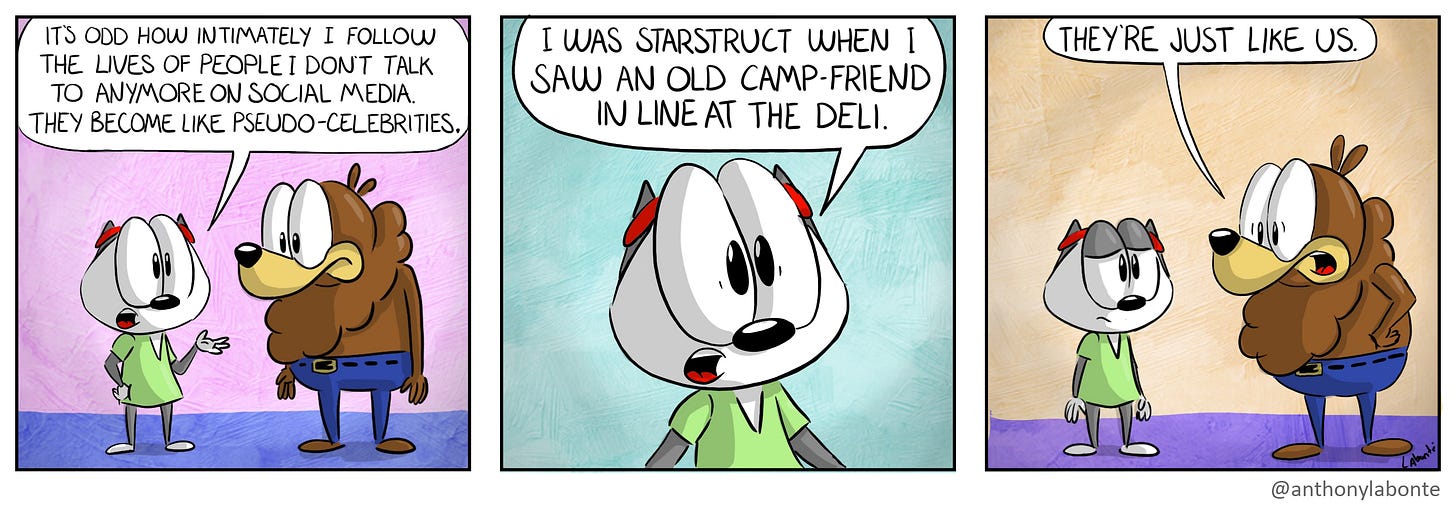
Very thoughtful and reassuring, Darren. Thank you.
Thank you for keeping our hometown paper alive and relevant.